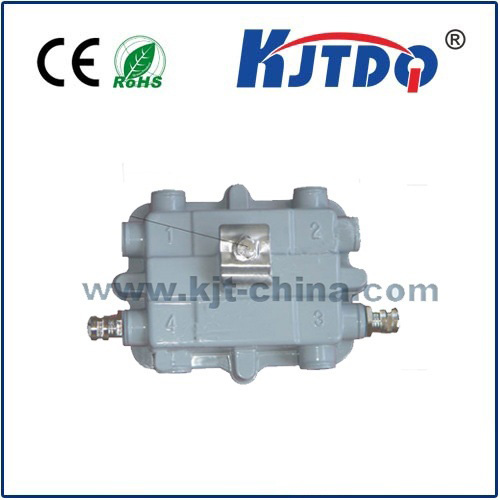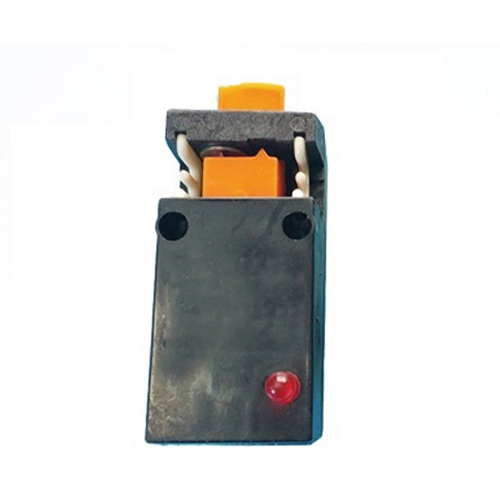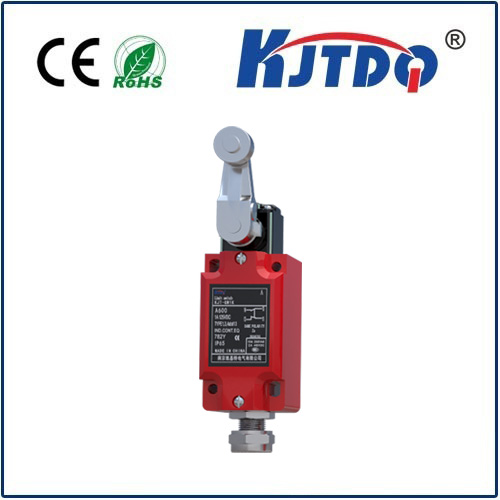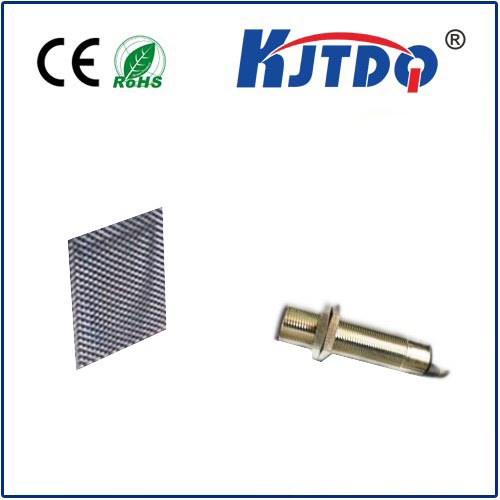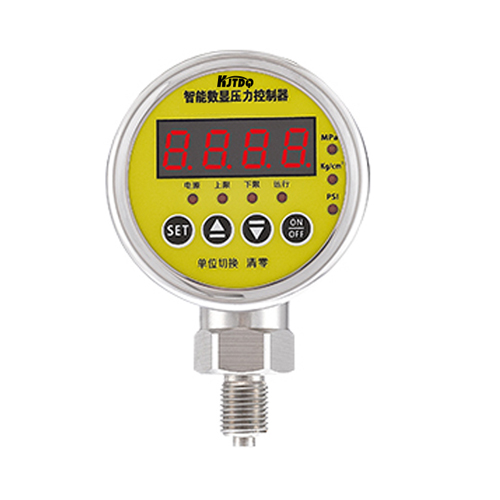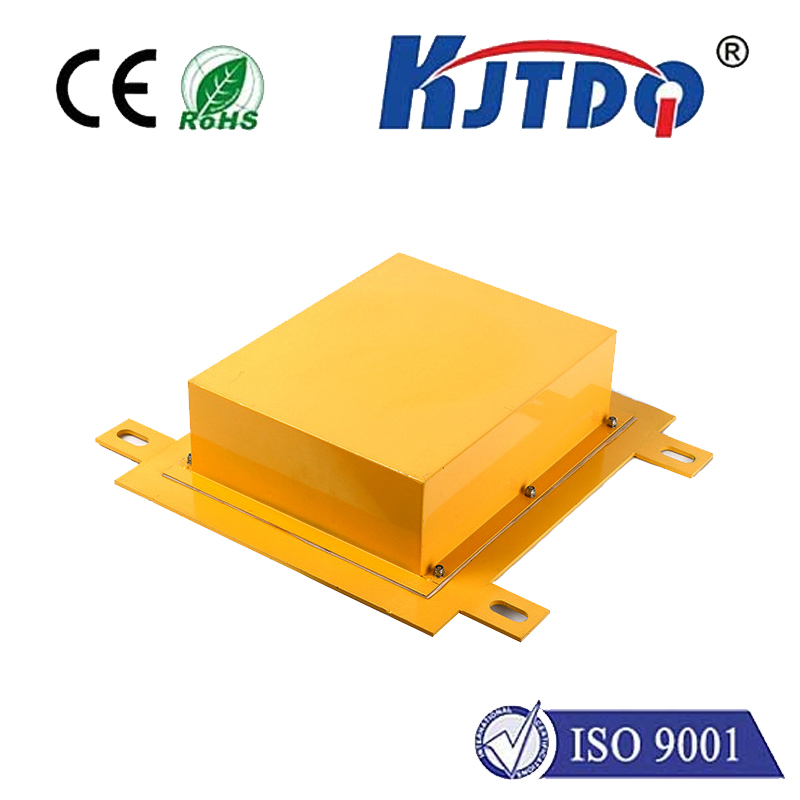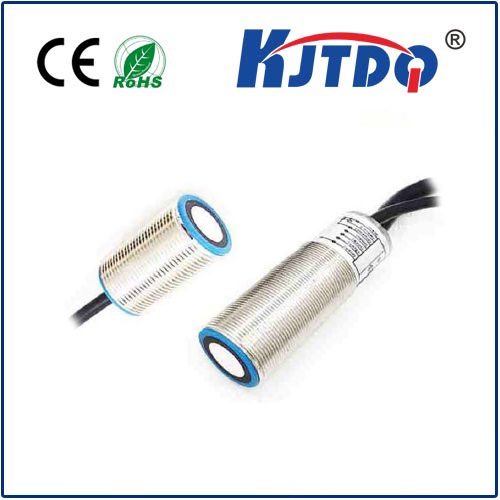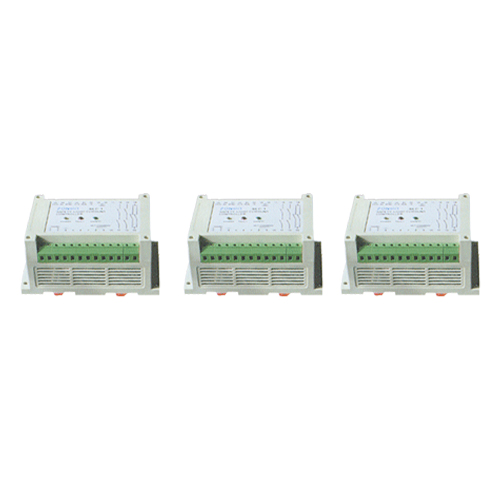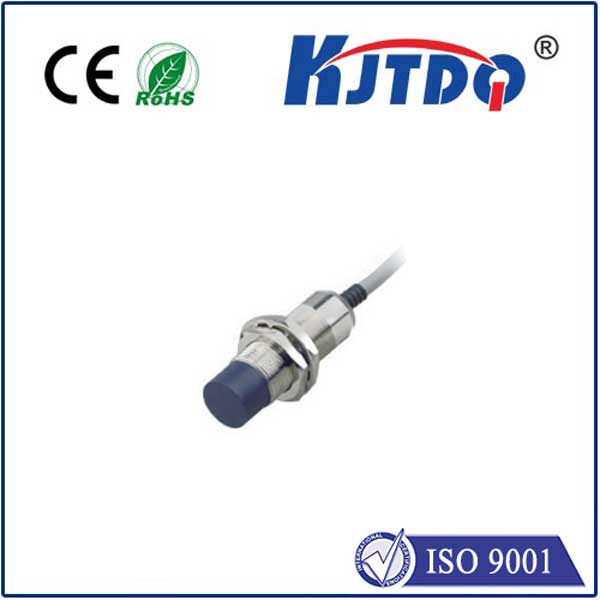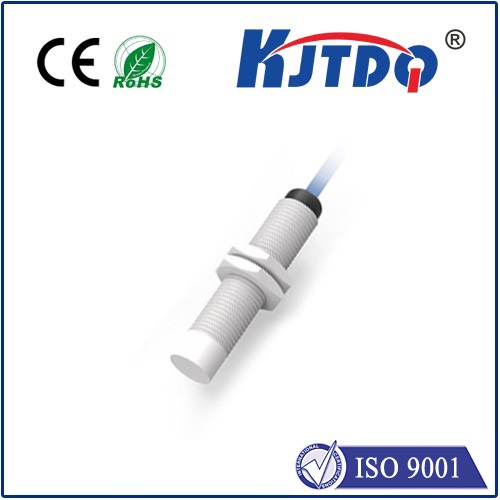diffuse reflective sensors
- time:2025-07-23 13:25:20
- Click:0
What Are Diffuse Reflective Sensors? Functions, Uses, and Benefits
Imagine needing to detect the presence, absence, or distance of an object without physically touching it. In countless industrial automation, packaging, robotics, and consumer device applications, this is a fundamental requirement. Enter diffuse reflective sensors, a widely used and versatile category of photoelectric sensors offering a simple yet effective solution. But how exactly do they work, where are they best applied, and what makes them so popular? This article delves into the world of diffuse sensing technology.
At their core, diffuse sensors operate on a straightforward principle: combining a light emitter (usually an LED - Infrared, Red, or Laser) and a light receiver (like a phototransistor or photodiode) within a single housing. The emitter projects a beam of light outward. When this light strikes a target object within its detection range, some of the light is diffusely reflected – meaning it scatters in many directions. A portion of this scattered light travels back towards the sensor housing and is captured by the receiver. The sensor’s internal electronics then analyze this received signal. Detection occurs when the intensity of the reflected light reaching the receiver exceeds (or sometimes falls below, depending on configuration) a predefined threshold.
This self-contained design is one of the key advantages of diffuse reflective sensors. Unlike through-beam sensors requiring a separate emitter and receiver unit on opposite sides or retro-reflective sensors needing a reflector, diffuse sensors only require mounting on one side of the detection area. This drastically simplifies installation, reduces wiring complexity, lowers component costs, and saves valuable space – a critical factor in many compact applications. There’s no need for precise alignment with a distant component; just point the sensor towards where the object will be.

Where do diffuse sensors shine? Their applications are vast and varied:
- Object Detection & Counting: Detecting products on conveyor lines (bottles, boxes, parts), counting items passing a point, verifying presence/absence in assembly fixtures. This is perhaps their most common industrial application.
- Level Detection: Monitoring fill levels in bins, tanks, or hoppers (e.g., detecting when material reaches a certain height or when a bin is empty).
- End-of-Travel / Position Sensing: Confirming if a machine part (like a robot arm or linear actuator) has reached its endpoint or a specific position within its range.
- Web/Break Detection: Monitoring the presence or potential breakage of materials like plastic film, paper, or textiles running through processing machinery.
- Robotics & AGVs (Automated Guided Vehicles): Proximity sensing to detect obstacles or navigational markers, ensuring safe operation.
- Consumer Electronics: Paper detection in printers/photocopiers, cover open/close detection in appliances, presence sensing in vending machines.
Understanding the benefits of diffuse sensors explains their widespread adoption:
- Simple Installation & Setup: Mounting on one side is inherently easier and faster than dual-component sensor types.
- Cost-Effectiveness: Combining emitter and receiver in one unit typically makes them less expensive than through-beam or specialized sensor configurations.
- Compact Size: Their integrated design allows for use in space-constrained environments.
- Versatility: Capable of detecting a wide range of object types (though surface properties matter), colors, and materials, often without needing extensive configuration.
- No Reflector Required: Eliminates the cost, mounting, and potential misalignment issues associated with retro-reflective targets.
However, like any technology, diffuse reflective sensors have inherent limitations to consider:
- Sensitivity to Object Properties: The intensity of the diffusely reflected light depends heavily on the target’s surface characteristics. Highly reflective (shiny, metallic) surfaces can return too much light, potentially causing unreliable detection at longer ranges or saturation. Conversely, very dark, matte, or absorbent surfaces reflect less light, significantly reducing the effective detection range. Color contrast between the object and its background can also influence reliability.
- Detection Range Limitations: Compared to through-beam sensors, diffuse sensors generally offer shorter maximum detection ranges. The usable range is directly impacted by the target’s reflectivity and the ambient light conditions.
- Background Interference Risk: Since they rely on light bouncing off the target, highly reflective objects or surfaces behind the intended target can sometimes reflect enough light back to the receiver, causing false triggers. Careful positioning and potential background suppression techniques are crucial. Background suppression (BGS) is a specific advanced feature in some diffuse sensors that helps mitigate this issue by focusing detection within a specific distance band.
- Ambient Light Sensitivity: Strong external light sources (sunlight, powerful lamps) shining directly onto the receiver can interfere with the sensor’s internal signal processing, potentially causing malfunctions. Many modern diffuse sensors incorporate modulated light signals and filtering to improve immunity to ambient light.
Choosing the Right Diffuse Sensor: When selecting a diffuse reflective sensor, several factors are critical:
- Required Detection Range: Match the sensor’s specified range for your target material to your application distance.
- Target Characteristics: Consider the reflectivity, color, and surface finish of the objects to be detected. Some sensors offer models optimized for dark or shiny targets.
- Environmental Conditions: Assess ambient light levels, temperature range, potential for dust, moisture (IP rating), or chemical exposure.
- Output Type Needed: Determine if a simple digital switch output (PNP/NPN) is sufficient or if an analog output (for distance information) is required. Light-On/Dark-On operation modes should also be considered.
- Advanced Features: Evaluate if features like background suppression (BGS) for ignoring distant objects, fixed-field operation (minimizing background effects within a set range), or laser light sources (for precise small object detection) are necessary for your specific challenge.
- Housing & Size: Ensure the physical dimensions and mounting style fit the application space.
Diffuse reflective sensors remain a cornerstone of industrial automation and object sensing. Their simplicity, cost-effectiveness, and adaptability make them an excellent first choice for countless presence detection tasks where reliable one-sided operation is paramount. By carefully considering the target properties, environmental factors, and required features like background suppression, engineers can effectively leverage the strengths of diffuse sensing technology to create robust and efficient automated solutions. Understanding their operation and limitations is key to unlocking their full potential in diverse applications.












